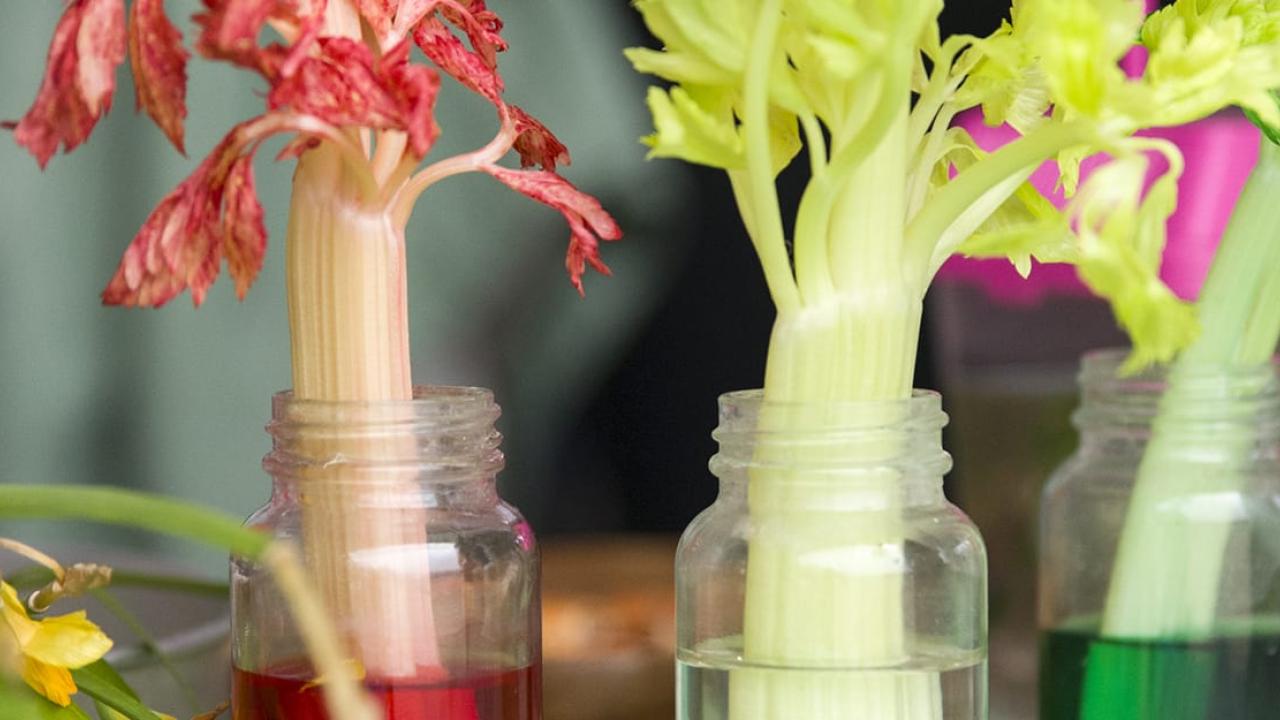More than 200 years ago, English poet William Wordsworth came upon the happy sight of daffodils in spring—and was inspired to write one of the most beloved nature poems in the English language.
The poem, “I Wandered Lonely as a Cloud,” is a reminder of the ability of the natural world to lift spirits. Wordsworth wrote the poem on April 15, 1802, after a walk in the Lake District of rural northwest England.
On the walk, along the water’s edge, he spotted golden daffodils swaying in the breeze.

